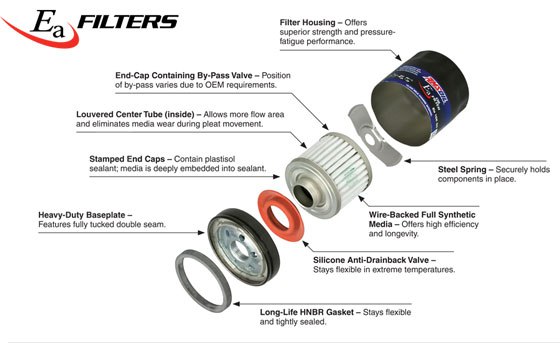Synthetic Oil Filters vs Regular (Cellulous) Oil Filters Ed Newman | Jul 26, 2017 8:51 AM Early automobile engines didn’t use oil filters, or air filters for that matter. For this reason frequent oil changes were a must. Motor oil quality wasn’t really that important in those days, anyway. It was the discarded by-product of […]
You are browsing archives for
Year: 2017
AAA TESTING AFFIRMS SUPERIORITY OF SYNTH...
AAA AFFIRMS SUPERIORITY OF SYNTHETIC MOTOR OILS AMSOIL introduced the world to synthetic motor oil in 1972, and we’ve been extolling the benefits ever since. While we’ve been joined by many vehicle and equipment manufacturers and competing motor oil companies over the years, the American Automobile Association (AAA) is the most recent company to promote […]
Propane Discount Week – $2.57 per Gallon
Fill your Propane Tanks Now! Propane Special of the year. We won’t do this again till Spring. Tuesday the 14th through Saturday 18th, propane is only $2.57 per gallon!! And if you buy any AMSOIL product when you visit the price goes down to $2.20/gal! So plan your oil change, clean your fuel systems with […]
Can a 1943 Jeep Survive This? Check out ...
Can a 1943 Jeep Survive This? Check out AMSOIL Expedition Colorado Lindsay Premo|Oct 08, 2017 8:00 AM For brothers Brad and Roger Lovell, adventure is always around the next turn, literally. Brad typically finds adventure behind the wheel of his off-road racing truck on a TORC Series track. Roger finds it during grueling Ultra 4 […]



